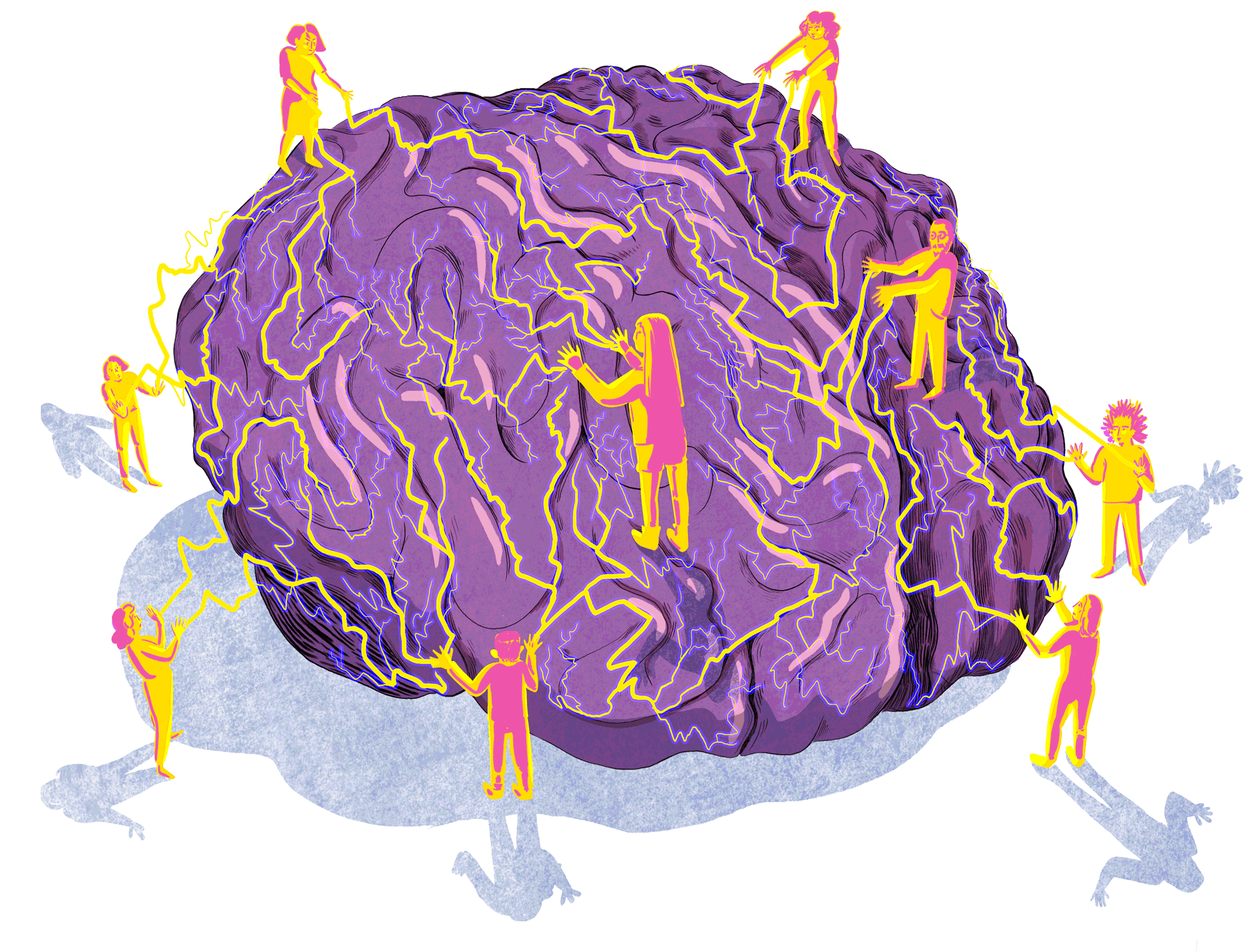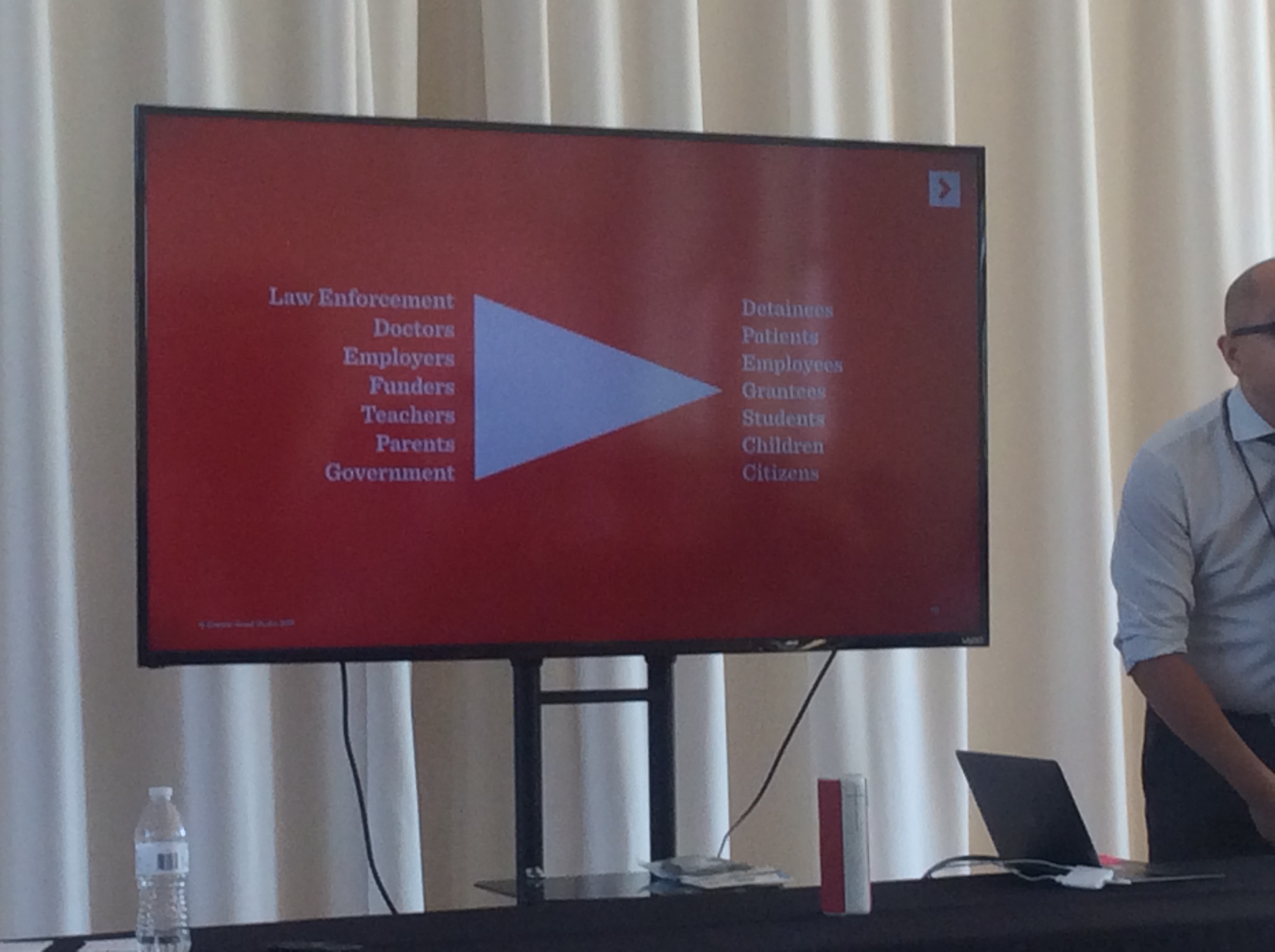
Sep
Just Stop and Think | Design + Diversity Conference 2017
[responsivevoice_button voice=”UK English Female” buttontext=”Listen to Post”]
A few weeks ago I got a group tweet from a good friend and fellow designer Antionette Carroll, asking who’s going to attend this year’s Design + Diversity Conference. I quit my job several months ago, and a promising lead had fallen through.
With a GIF’d shoulder shrug I replied, “IDK. We’ll see if I get a job by the end of the summer.” But Antionette persuasively reminded me that if I volunteer, I can attend for free. I needed to get out my recent slump, get out of the D.C. bubble, and remind myself why I do what I do.
The Design + Diversity Conference started out as part of the senior thesis project of designer Tim Hykes and has become a full-fledged annual conference, only in its second year. By far, the biggest highlights of the conference were workshops run by Bryan C. Lee Jr. of Colloqate, and George Aye and Jessica Mason of The Social Impact Studio.
Bryan’s workshop, “Design As Protest” opened with some of his key work in New Orleans. But it eventually went into a design thinking workshop where we shared what scares us about the upcoming Trump presidency, what are we hopeful for, and what can we do to align these ideas. We then shared our ideas with folks at our table.
”We often felt like a gang of rogues, walking the streets of St. Louis, bonding, growing, and learning.
I shared my idea about online voting as a way to radicalize what is possible for everyone to vote. As longtime readers of this blog know, this is one of my passions. To my surprise, everyone at the table saw the possibilities. They shared existing insights and added more nuances. They also understood how the idea of a more inclusive way of voting connected to their ideas around poverty, the environment, and lack of transparent political process. It shows what can happen if you are open to the design thinking process when you say “yes” to what is possible.
George and Jessica’s workshop, “Design Education’s Big Gap: Understanding the Role of Power,” still sits with me. There were a series of exercises in which we moved along a spectrum, based on two different responses. Certainly more than a few people would head in my direction. But at some point, I found myself a complete outlier. That was fine, and I was comfortable in my position. I came to the conference to have my assumptions challenged. It was nice to be able to defend my position without the threat of coercion while still being able to appreciate other people’s opinions.
But what continues to stand out to me during my full week in St Louis where extended lunches discussing radical approaches to design thinking over hot chicken, chats about favorite movies and planned obsolescence during late-night whiskey-tasting sessions, and taking in St. Louis nightlife at a local bar shouting the lyrics to “Bodak Yellow” at the top of our lungs. We didn’t feel like a bunch of professionals at a conference. We often felt like a gang of rogues, walking the streets of St. Louis, bonding, growing, and learning.
”...much like applied arts of graphic design ... social design can suffer from the same limitations of its expected impact.
And I especially loved that it was in St. Louis, a city that sits at the crux of what we talk about so much in design justice, inclusion, and activism. Part of the conference was held at the St. Louis Main Public Library, and it was a prime public space to break down the barrier that often exists between design experts and the general public. Going forward, I hope conference organizers continue to consciously make use of public space.
I didn’t love everything. Some presentations struck me as naive at best, and defensive at worst. I won’t point out any in particular, as I think this space wouldn’t be a fair fight. Instead, I will say that much like applied arts of graphic design, interior design, industrial design, fashion design, and architecture — without sufficient self-awareness — social design can suffer from the same limitations of its expected impact. We should make sure our work is well-received by the stakeholders we care about. But we can never really forecast what audiences will adopt, what solutions are truly effective, and if we really listened to and understood everyone we wanted to reach.
”Going forward, I hope conference organizers continue to consciously make use of public space.
What I love about the intimacy of this conference is that there are opportunities to critique with love, to bond over a shared perspective: design is better when it’s more inclusive.
Recently Margo Chase passed away. She was a well-known creative director who did title design for such shows as Buffy the Vampire Slayer, and much more. But before she left, she wrote a few poignant essays, one of which was called, “I Stopped Working for a Minute and Started Thinking.” Her essay was endearing, honest, self-reflective, and a willingness to come down from the throne of relative design fame to be human. And much like Sylvia Harris, women like Chase leave an impact on me, even if I never meet them. And maybe it’s because I’ve also been listening to JAY-Z’s 4:44 on repeat, with his thoughts on his impact on the culture, owning what you make, economic agency as a source of political empowerment, and what kind of legacy one wants to leave behind, I can’t help but weave these two people together as I reflect on my time at this year’s conference.
”It shows what can happen if you are open to the design thinking process when you say yes to what is possible.
Conferences like the Design + Diversity can and should be more than just places to exchange business cards, and brag about recent acquisitions. They should also be places to just stop and think for a moment.
Illustration by Lily Padula courtesy of giphy.com.



